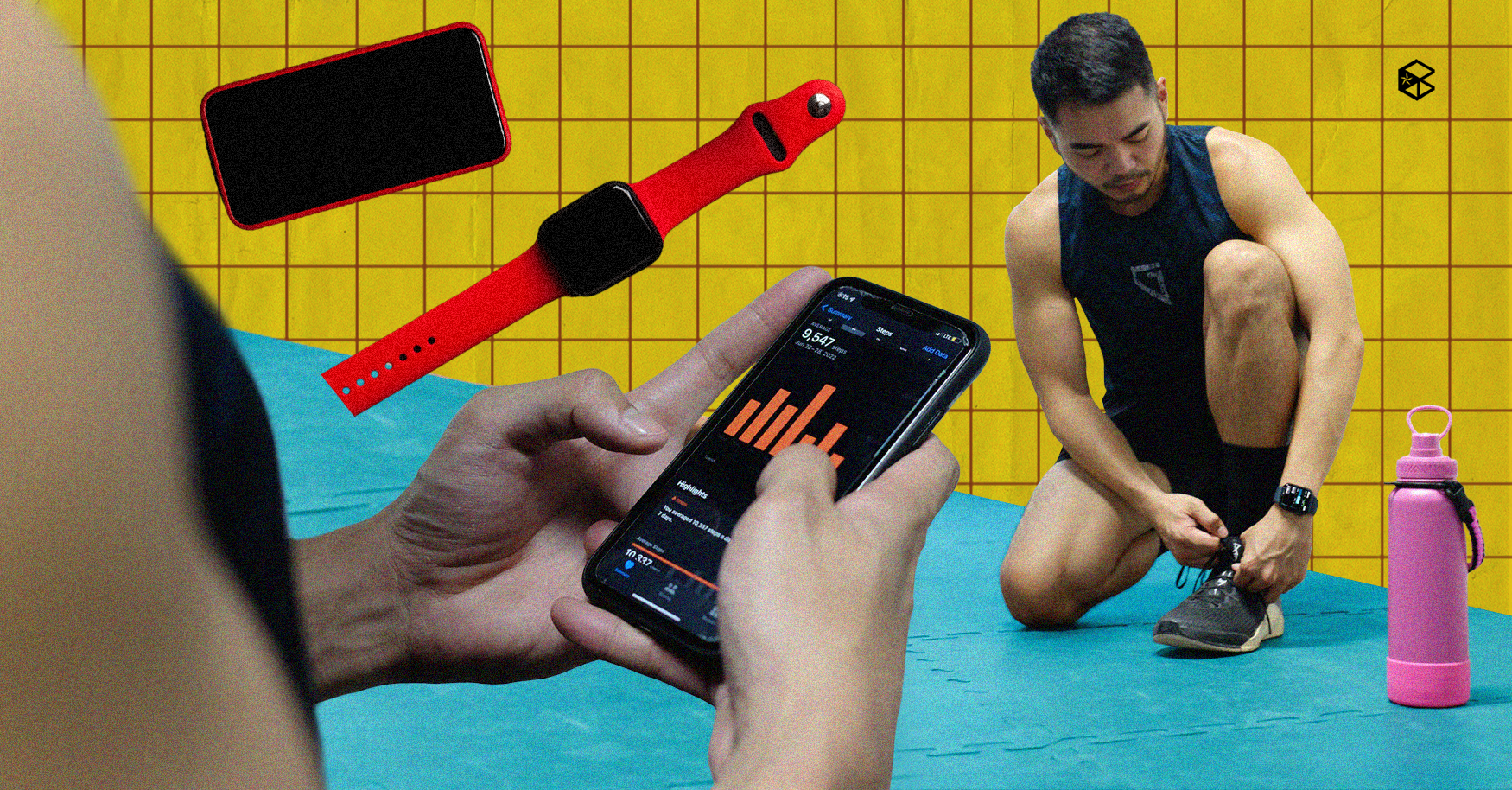As the smartwatch gains more popularity across different sectors of consumer electronics, major tech companies worldwide have now taken the leap into the healthcare industry, investing millions into smartwatch technology to revolutionize and improve the way we live our lives.
Wearable technology has slowly established itself in people’s day-to-day lives; a direct result of the widespread adoption of devices such as smartwatches and fitness trackers. Built-in sensors in devices have the ability to monitor things like one’s motion, biometrics, and location. Couple this with Artificial Intelligence (AI) that delivers real-time insights about one's health and you have a potentially life-saving device strapped around your wrist.
The origin of wearable wristbands
The history of wearable wristbands is a reflection of its own evolution—as they have gone from small, mid-sized, and large sizes to form factors with various designs. This evolution, however, is still in progress.
The first wearable wristband device was a fitness tracker and the first of its kind was invented in 1965 when Japanese professor Dr. Yoshiro Hatano created a pedometer known as Manpo-kei, a “10,000-step meter” that he devised to combat obesity.
Then, in 1972, another type of wearable device rose to the forefront: the smartwatch. The first smartwatch to use a digital display was the Hamilton Pulsar originated in a watch built by engineer George Thiess and his colleagues at ElectroData. It featured a digital display and could show information such as the time and date. Since the development of these milestones, fitness trackers, smartwatches, and the technology underpinning them have advanced at a rapid pace. Little did anyone know that these developments would lead to an industry-changing trend.
The rise of wearable devices in healthcare
Over the years, smartwatches have grown into more than just a gimmick. While they’re another way to stay up-to-date on one’s fitness, health, social media, and more, wearable technology has also expanded its features to be of purpose to global healthcare, insurance, and sports sectors.
Devices such as penny-sized patches have the ability to diagnose, manage, and prevent chronic health disorders for millions of people, such as the insulin patch, which has microneedles made of a glucose-sensing polymer encapsulated with insulin that detects the need for insulin and delivers it. These technologies help medical practitioners keep track of patients without coming into direct contact with them, reducing the transmission of contagious diseases.
Innovation through an extensive ecosystem
In a 2015 AARP study on the effectiveness of wearable electronic devices, 42 out of 92 older adults (aged 50 and older) said that using a wearable activity or sleep tracker for six weeks increased their motivation for better living, and 61 out of 92 thought such wearables were beneficial or valuable. It is now more common to see people, especially the elderly, wearing wearable fitness technology such as the FitBit, MiBand, and Apple Watch, especially for its enhanced health tracking capabilities like blood oxygen saturation (SpO2) monitoring, sleep tracker, a quicker FDA-approved electrocardiogram (EKG) sensor, and upgraded heart health monitoring.
And since the beginning of the pandemic, the demand for healthcare providers who can deliver remote care has grown significantly. While video consultations and digital checks are now standard practice, the use of wearable technology in medicine has provided more avenues for monitoring and tracking the progress of patients.
Bright future for smartwatches
Today, the health benefits of smartwatches include more specific features, such as acting as an emergency phone, providing healthcare information on the spot should someone need it, and even helping with GPS tracking and navigation if the owner gets lost.
The use of wearable technology is undeniably expanding at an exponential rate. In fact, major companies such as Apple are aiming to produce more targeted features such as body temperature monitoring and blood sugar sensors to slowly evolve their smartwatches that could work with an ecosystem of third-party wearable sensors and products that tie into one powerful, small hub.
Even the smartwatches we see at the precipice of new technology are just mere glimpses of what’s in store for the future. As the wearable industry grows and expands, we can expect to see new, innovative products that include many more health-related features that can be used to improve the user experience in the near future.


